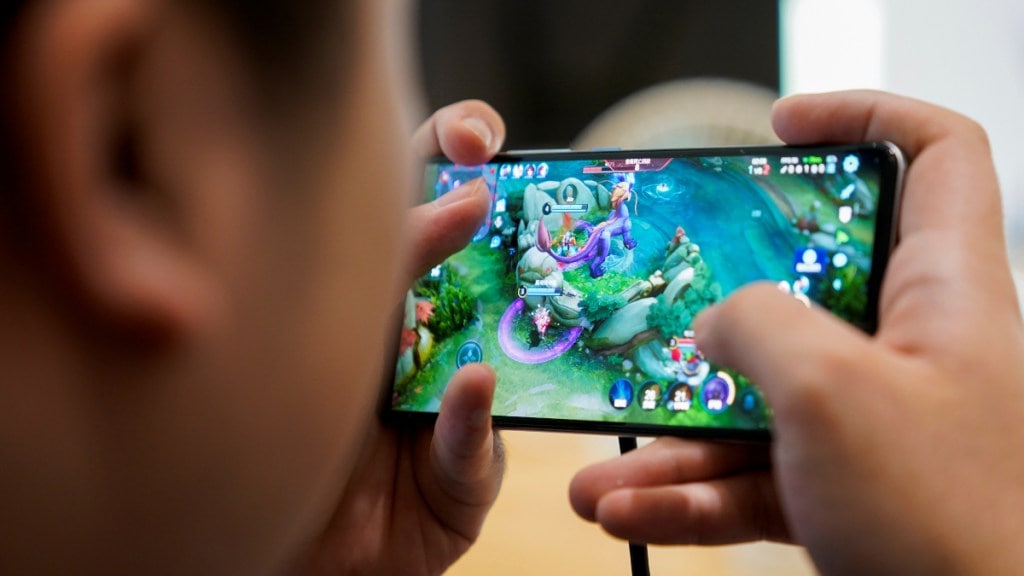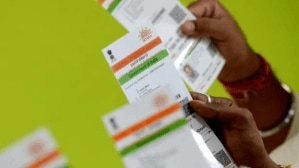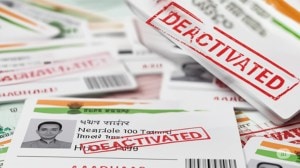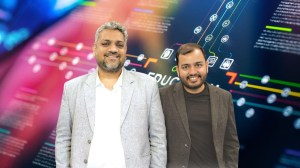India is “emerging as a key Esports player with potential to shape the global gaming ecosystem,” according to Sundarraman Ramalingam, India Manager at Niantic Inc.
Niantic, the company behind Pokémon Go, is actively investing in the Indian market by localising its game, hosting events like the City Safari in Mumbai, and building a strong community—to capitalise on India’s growing importance in the global gaming scene.
In an exclusive interview with financialexpress.com, Ramalingam emphasised on India as a top focus market for Niantic with significant growth potential, attracting a diverse audience and contributing to the evolution of esports. Edited excerpts.
FE: What is it that you do at Niantic?
Sundarraman Ramalingam: My goal is to get Pokémon Go trainers in India excited again, get more people to join the Pokémon Go community, and increase our overall user base. We have taken a lot of initiatives to action this out. Last year, we added Hindi language support and launched Pikachu in saree, localising the game for the Indian audience. We have a lot of other activities—in the pipeline—such as Pokémon Go City Safari: Mumbai, which are going to help India as well, by increasing footfall of international tourists.
FE: How are these initiatives translating in terms of growth and revenue?
Sundarraman Ramalingam: Last year, we had a fantastic year for India in terms of revenue. We are seeing a lot more excitement before the launch of Campfire, which is an application by Niantic, to find more Pokémon Go players nearby. Our communities have shot up to 50+ across 30 cities in India in a span of only nine months, and we are seeing check-ins hit above 4000-5000 across the country on a monthly basis. The number of players who play by themselves is also quite healthy and growing. This is the first time we are having City Safari in India. It happens only in a few select cities across the world. Last year, we had it in Sao Paolo, Jakarta and Hong Kong. And this year, four cities have been chosen which are Mumbai, Milan, Santiago and Singapore. So since this is the first live flagship event for India, people are super excited. And we also have some top international Pokémon GO influencers traveling specifically for the City Safari: Mumbai event. All of these are some very exciting developments.
FE: How big is the India market for the company? What is the age group/demographic that is more attracted to these games or the age group that you are trying to attract with these games?
Sundarraman Ramalingam: India is a top focus market for Niantic. It is one of the fastest growing markets for Niantic. It is noted to be an emerging market where the focus is on user growth and about nurturing the community.
The age group of our audience is a very wide set. Since Pokémon Go is a game that encourages you to go out to play with communities, and you need to be in the real world to play the game, we have a lot of people above the age of 25, as compared to, say, some of the other games that might be attracting a much younger audience. We even have a lot of examples such as a father-son duo, or a family playing together. Parents see this game as a much better alternative to other games, which are making children just sit back at home on their couches and stuck to the screens. We don’t want to focus ourselves on a specific age-group or demographic, because it serves different purpose to different groups. For people who are much older, they find a beautiful community that they can feel younger with. For people who are much younger, they find mentors amongst people of different age groups. It is a very beautiful community spread across the world, and we are trying to recreate that in India as well.
FE: What was the idea of bringing Hindi to the platform? Can we expect more localisation with more languages down the road?
Sundarraman Ramalingam: The thought process has always been to make the game as accessible as possible to as many people as possible. India has been one of the top emerging markets, and we’ve been focusing on adding more resources to the game, to enable Indian players. While this has helped us reach out to more players, our current focus is to double down on other initiatives, to reach out to a wider set of audience before we start localising it to other languages. But it is something that we will definitely consider down the line.
FE: How do you compete in a market like India dominated by battle royale games like BGMI and Free Fire?
Sundarraman Ramalingam: The way we differ from other games is that we really encourage real world interactions. All our communities get together in a park and they play together. They meet, they laugh, they walk around, and so, there’s some physical activity going on. You’re meeting your friends through this game, sharing similar interests on a real time basis, and having a face-to-face experience. The novel concept of AR (Augmented Reality) has helped us with these games, and that is what we believe also is a differentiator which is helping us continuously move forward. We expect that with all our initiatives this year and next year, we’ll be able to carve out a niche, even in this competitive landscape, because of how differentiated our game is and the benefits that it provides with such a popular IP (Intellectual Property) and strong underlying technology.
FE: What are the back-end challenges of running a game like Pokémon Go?
Sundarraman Ramalingam: We do face some issues from time to time but we have a very active team in terms of understanding any issues that come up and resolving them. Whatever issue comes up, it gets resolved either within the next few hours, or at least within a day or two.
FE: What’s your stand on data localisation?
Sundarraman Ramalingam: Data privacy and security is getting increasingly important in the gaming industry overall. At Niantic, we definitely understand all the requirements and adhere to any rules and regulations set by the Indian government. As of now, we follow a very strict policy, and if there is anything that comes from the Indian Government in terms of data privacy, we will ensure to follow that as well.
FE: Any rule or regulation (something that needs to be done) that you think would help you increase traction in this market?
Sundarraman Ramalingam: We had City Safari in Jakarta last year, and that event alone had around 40,000 visitors coming to the event, and it generated over 10 million in revenue, out of which there was a tax revenue for the government of $1 million. For City Safari: Mumbai, we’ll have a lot of international tourists coming in to play the game. And the more we localise, more people will travel to India, and it will boost tourism through Pokémon Go. That is where we can work closely with the Government.
FE: Take us through your monetisation strategies for this market.
Sundarraman Ramalingam: In terms of monetisation, we actually follow a very localised pricing model. If you see the cost of our in-game currency, it is different across different regions, and that is because we try to understand the most accessible rate for players in that region. Our in-game currency is one of the most affordable across all regions in India. We have bundles that go out specific to the events that are specifically for Indian players. We saw great success last year, and we are hoping to replicate it this year and moving forward as well. And the pricing model across all smartphone operating systems is the same.
FE: Are you available on the other platforms? Do you have your own app store?
Sundarraman Ramalingam: Our Indian transactions are through Google Play Store and Apple App Store. For ticketed event like the City Safari, we have it on our website and we have it listed even on Insider. Tickets can be purchased on Insider and Zomato District, because it’s a live event experience, apart from just being an in-game experience.
FE: Is there any number that you’re chasing? How does 2025 look for you?
Sundarraman Ramalingam: I won’t be able to reveal country specific numbers right now, but we have started strong and we are hoping to grow significantly towards May, mainly because of all the activations that we are coming up in-game as well as live events such as City Safari and other initiatives such as some big collaborations and events around Diwali as well.
FE: Rumours are swirling that Niantic may sell its gaming business to Saudi Arabia-owned Scopely Inc. While we understand that you won’t be able to comment on “speculations”, what is your personal viewpoint on Saudi Arabia’s bid to turn into an AI and technology hub?
Sundarraman Ramalingam: From my personal understanding of the market and what they’re doing, I believe the Government-owned investment fund bought Scopely for 4 billion dollars and Saudi Arabia is also hosting the esport World Cup. So they have increased focus towards esports and gaming and that is one of their plans for diversification. I don’t see a major drastic shift in terms of technology as a whole because their focus seems to be on esports and gaming.
FE: How is India positioned in all this, particularly gaming?
Sundarraman Ramalingam: India’s gaming industry is at an exciting inflection point. While many of our players are still new to gaming, the landscape is evolving rapidly. A few years ago, gaming consoles weren’t as widespread here as in some other markets, but today, we’re seeing a diverse and growing community of gamers. Indian players are expanding beyond Battle Royale and casual games, exploring new genres and competitive formats. While our average revenue per user has traditionally been lower, the post-COVID boom has driven a surge in gaming participation. India is now emerging as a key player in esports, with immense potential to shape the global gaming ecosystem.








